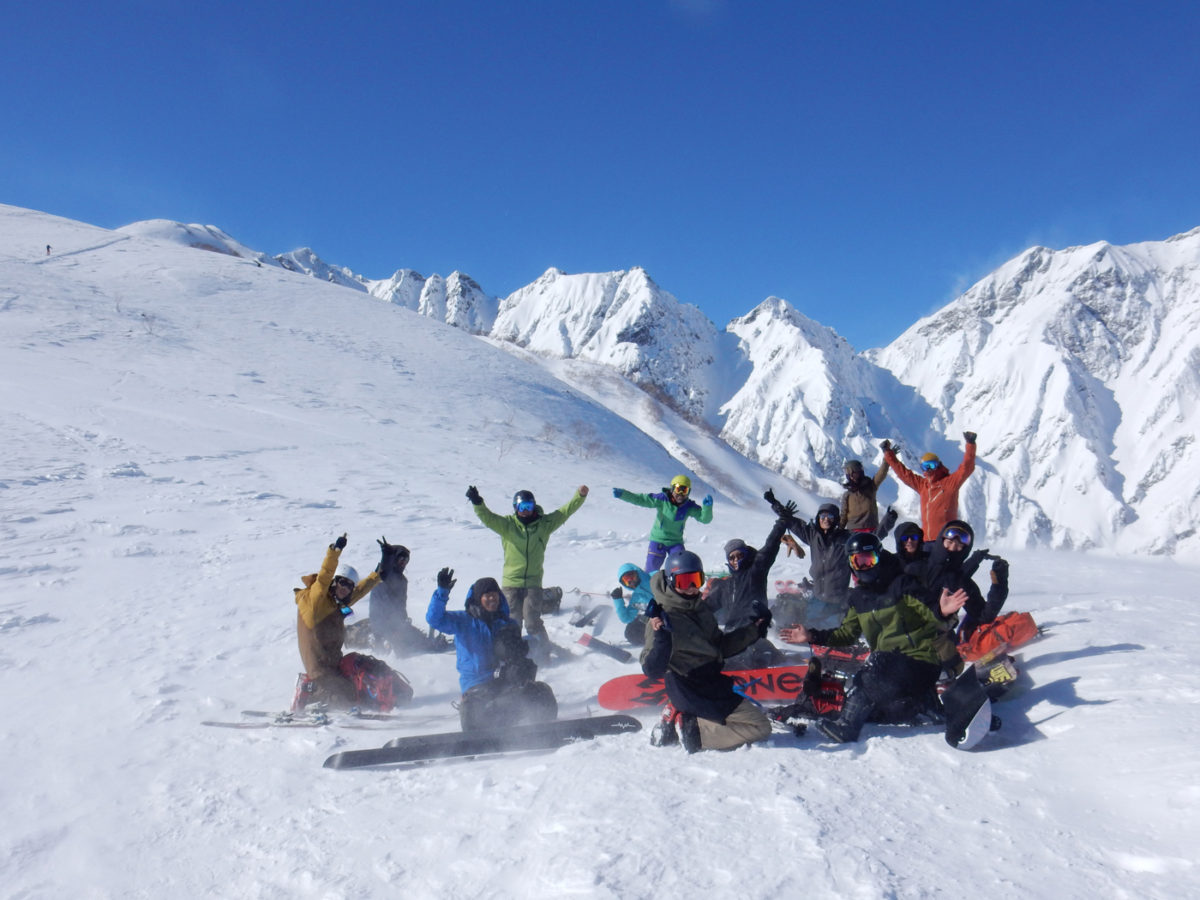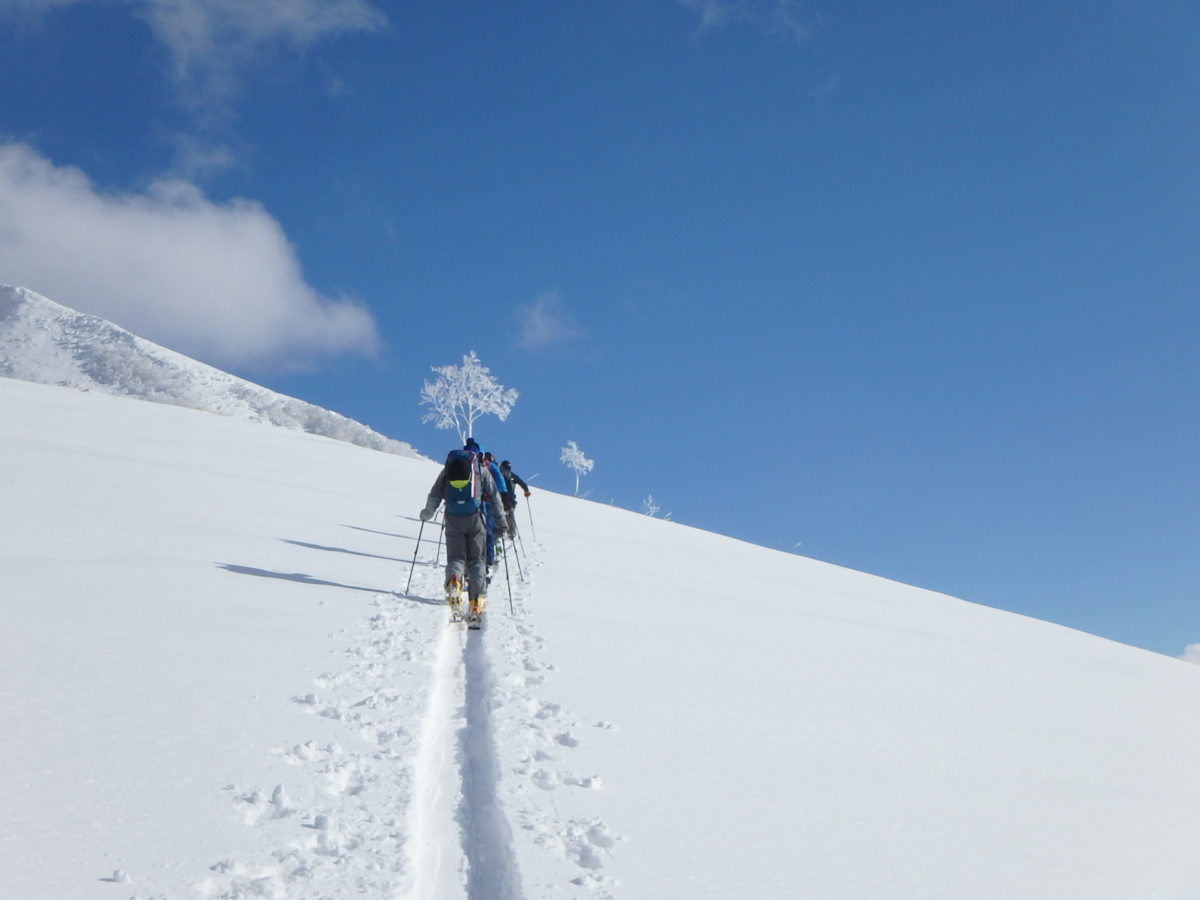When skiing or snowboarding in the backcountry, you need various tools not only to enjoy skiing comfortably in the snowy mountains, but also to protect yourself from the risks that lurk in nature.
From knowing the necessary equipment to enjoy the backcountry safely
Let's check the basic equipment necessary for backcountry skiing and snowboarding. (Assuming a 1-day backcountry tour)
Basic Equipment List (1Day)
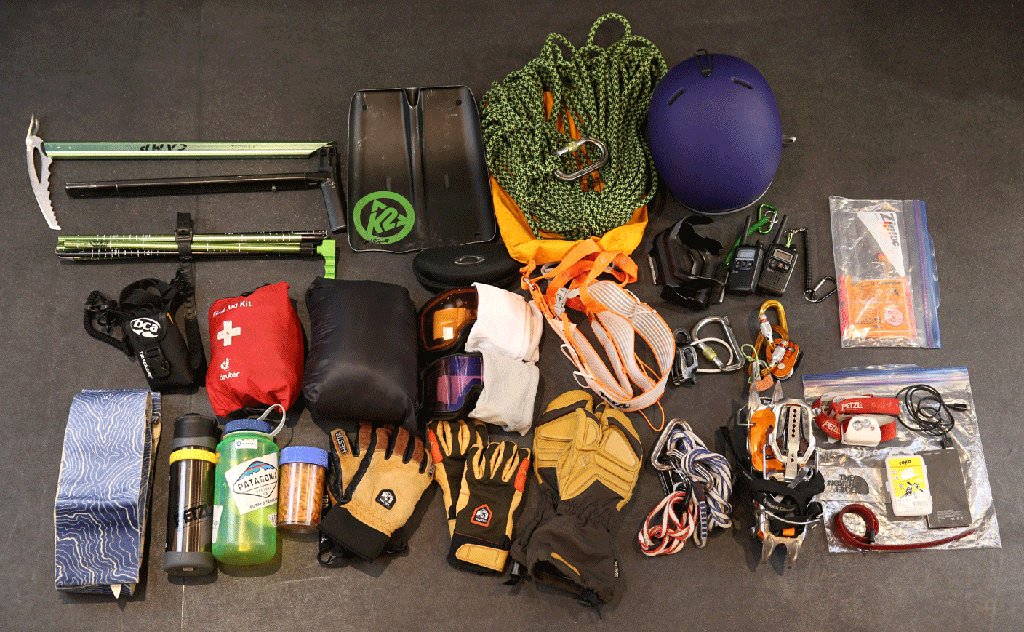
| item | item | Must-have degree |
| avalanche gear | beacon | ◎ |
| probe | ◎ | |
| Excavator | ◎ | |
| Airbag | △ | |
| Gliding/climbing gear | ||
| ski | ◎ | |
| ski bindings | ◎ | |
| ski boots | ◎ | |
| Pole | ◎ | |
| sticker | ◎ | |
| snow board | ◎ | |
| snowboard boots | ◎ | |
| snowboard bindings | ◎ | |
| snowshoe | ◎ | |
| Backpack | ◎ | |
| Wear/Accessories | ||
| outer shell | ◎ | |
| mid layer | ◎ | |
| base layer | ◎ | |
| insulation | 〇 | |
| Gloves (+ spare) | ◎ | |
| hat | ◎ | |
| Balaclava | △ | |
| Helmet | ◎ | |
| Goggles (+ spare lens) | ◎ | |
| sunglasses | 〇 | |
| Headlight | △ | |
| spare socks | △ | |
| action items | ||
| beverage | ◎ | |
| Water bottle/Insulated bottle | ◎ | |
| action diet | ◎ | |
| clock | ◎ | |
| Map/compass | 〇 | |
| GPS | △ | |
| transceiver | △ | |
| cell phone | ◎ | |
| Smoke candle | △ | |
| wax | 〇 | |
| Other care | ||
| medicine | 〇 | |
| rope | △ | |
| carabiner | △ | |
| first aid kit | ◎ | |
| Sunscreen | 〇 | |
| Trash bags | 〇 | |
| Health insurance card | 〇 | |
| Copy of mountain insurance card | 〇 | |
| scraper | 〇 | |
| Tools (in case of gear failure) | 〇 |
avalanche gear
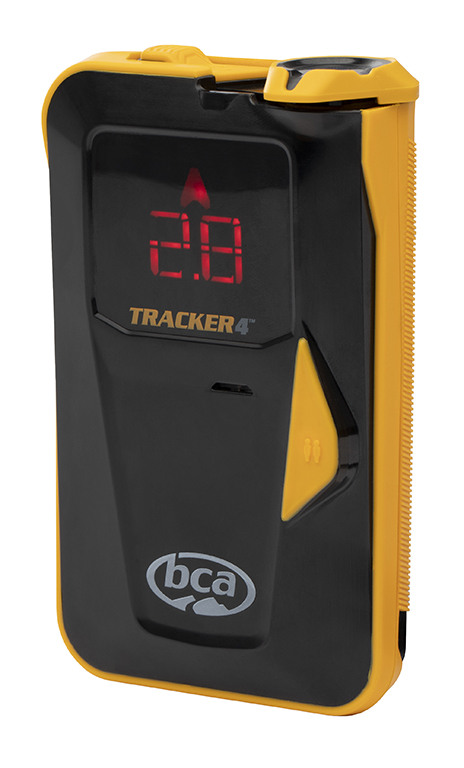
Avalanche Beacon
A gear for discovering the position of a person buried in an avalanche by transmitting and receiving radio waves. It is also possible to ascertain the number of buried persons. It is necessary to wear it whether you are searching or being searched. A must-have item that is said to be the most important for going out in the backcountry. There are a wide variety of models, from multi-functional high-performance models used by guides to models that are easy for general skiers to handle.
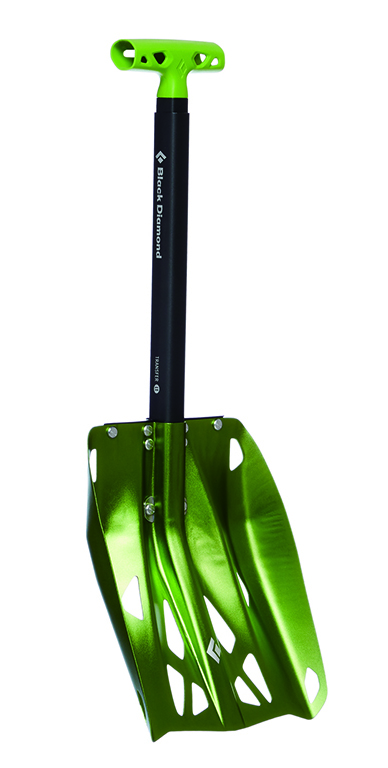
Shovel / Shovel
A must-have backcountry item that can be used for excavating people buried in an avalanche, checking the layer of snow, and digging snow caves during bibergs. The shaft (handle) and blade (scoop) can be disassembled, and most of them can be folded compactly and stored in a backpack. Blade sizes and shapes also vary. The weight also varies depending on the material used.
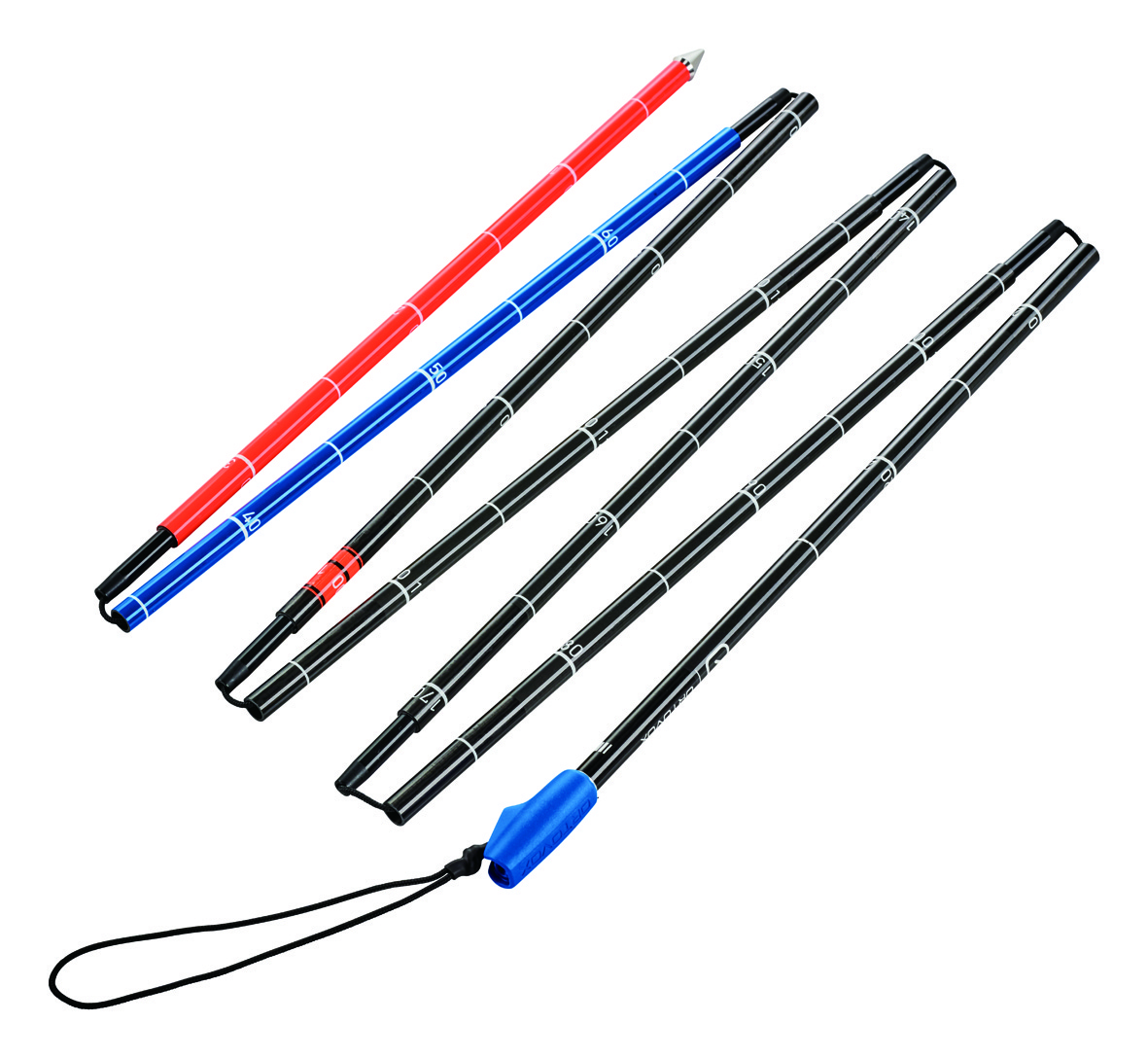
Probe / Plove
Once the beacon has detected a burial point due to an avalanche, gear probes into the snow to pinpoint the location of the burials. It is compact at 20 to 30 cm when folded, but when the cord is pulled, the shaft is jointed and automatically extends to 2 to 3 m. The shaft is made of lightweight carbon or highly durable aluminum.
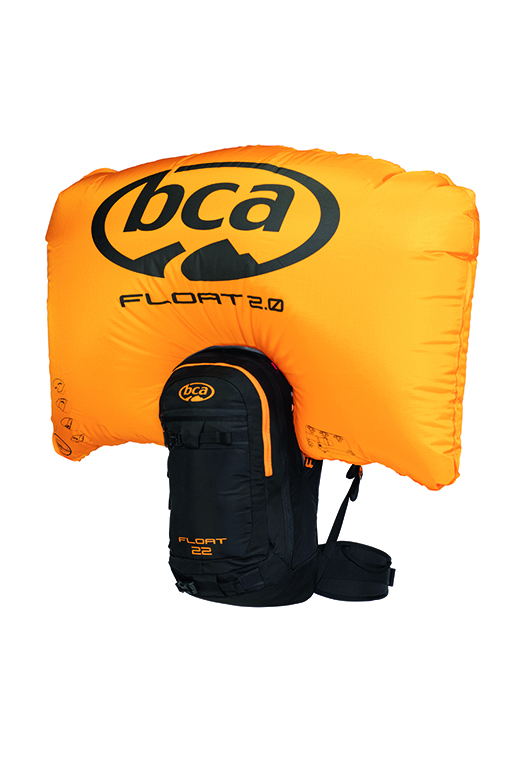
air bag
A rescue item that instantly inflates the airbag built into the backpack to obtain buoyancy in the avalanche and reduce the depth of burial when the backpack is buried. It is divided into electric type and compressed air cylinder type to inflate. The shape and size of airbags vary from manufacturer to manufacturer. Although the hurdle is high in terms of price, it is effective in ensuring safety.
Gliding/climbing gear
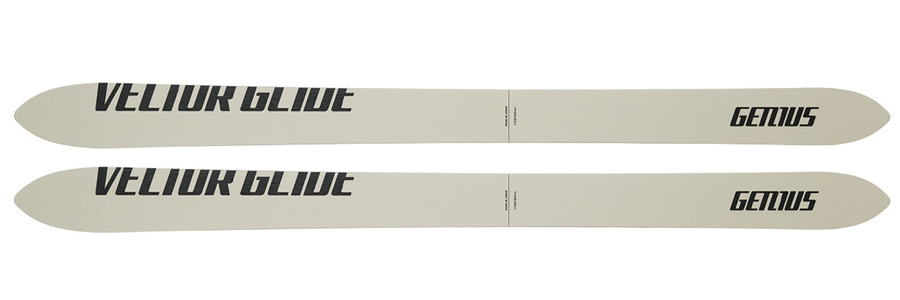
ski / Ski
Although it is called backcountry, it is actually very diverse. What kind of ski is suitable for you depending on whether your main purpose is powder skiing or tour-oriented with long hikes, your physique and physical strength, your skiing skill level, skiing preference, and backcountry experience. It depends on whether there is. However, if you think about it roughly, if you want buoyancy, a fat ski with a waist width of 100 cm is likely to be selected, and if it is for tours, it is easy to choose a lightweight one.
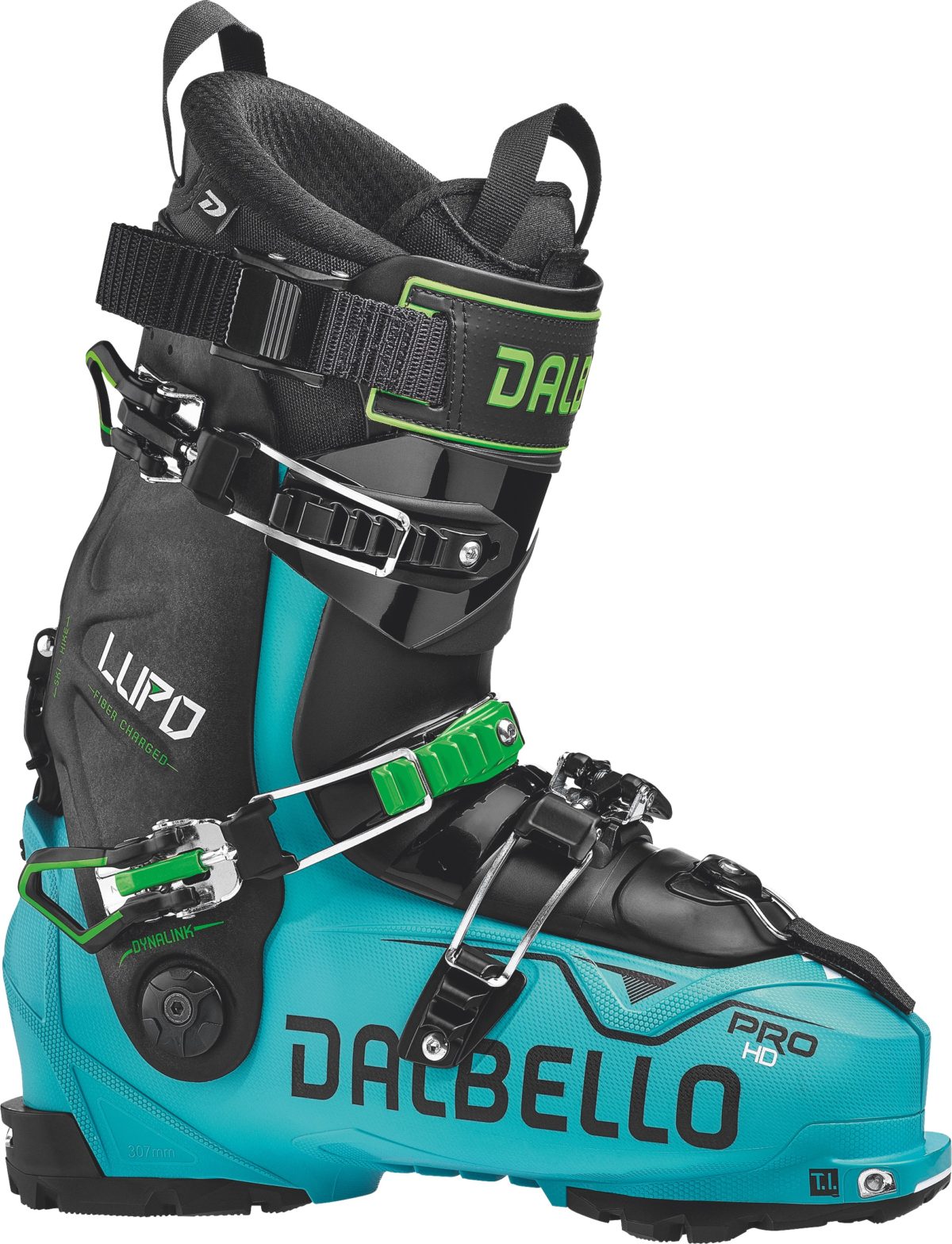
ski boots
When thinking about skiing and climbing in the backcountry, boots should be considered carefully. Depending on the shape of the sole, there are alpine standards and tour standards, and the corresponding bindings are also different. Various choices are possible according to the style of sliding you want, such as tech binding compatible and walk mode. The fit and weight will vary depending on the shell structure, innerwear, materials, etc.
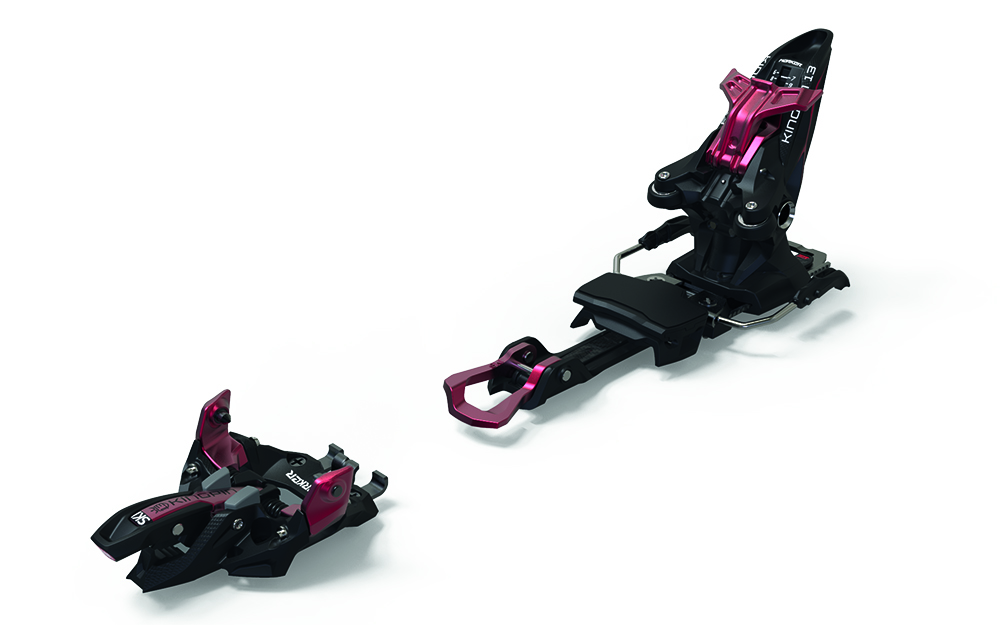
Binding / Binding
Ski bindings have continued to evolve innovatively. Tech, hybrid tech with alpine model, frame tour binding, variable type two-piece model, etc. When used in the backcountry, compatibility with boots is a matter of course. Furthermore, a combination that can bring out the performance of the skis used is also required.

Pole
There are many stretchy styles that can be used as a probe in the backcountry if necessary, or can be adjusted to match the depth of the powder. Powder ring is essential in the severe winter. Durability, weight, and operability also differ depending on the material of the pole part. The shape of the grip is also various, so the one that fits your hand is good.
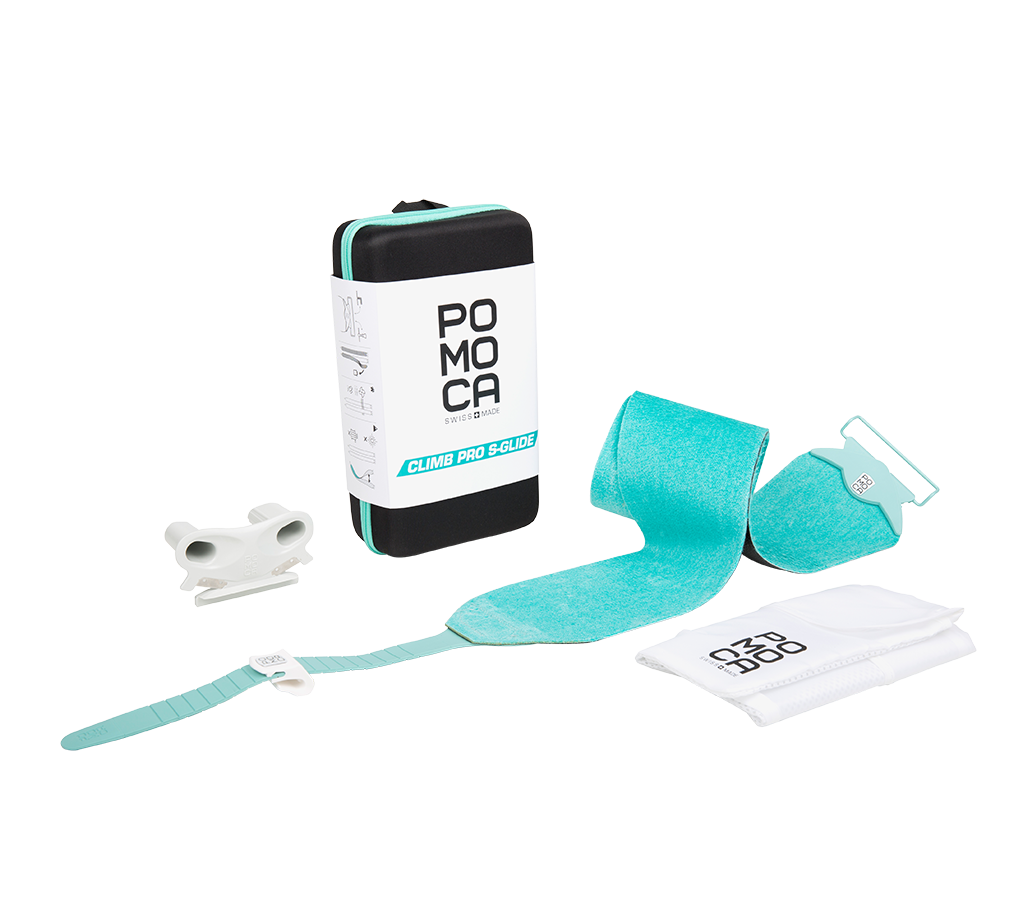
Seal / Skin
An essential item for walking and climbing in the backcountry. There are two types of glue that stick to the soles of skis: glue-like sticky glue types and silicone types that stick to the soles of skis. The material of the skin hair (mohair, nylon, mix, etc.), the length, etc., also make a big difference in its performance and the resulting mobility of the slipper. There are many points to consider, including weight.
Snowboard / Snowboard

Many backcountry riders use freeride boards that are directional and have relatively stiff flex and torsion. The majority of boards are designed with a tapered shape where the nose width is wider than the tail width, the nose part is rocker shaped and curved upwards, and the space between the feet is arched (= camber) to improve buoyancy in powder and maneuverability in turns. . A normal board is sometimes called a solid board as opposed to a split board.
Split Snowboard / Split Snowboard

A snowboard can be split into two pieces from the center, and climbing is possible by making it look like skis. You can also slide like a normal snowboard in a combined state. The biggest advantage is that you don't have to carry the board on your back when hiking, so you can save your physical strength. It is easier than snowshoes to climb places with deep snow or on gentle slopes. On the other hand, there are also disadvantages such as the time and effort involved in dividing and combining. The number of manufacturers developing splitboards is also increasing. A special binding is required for use.
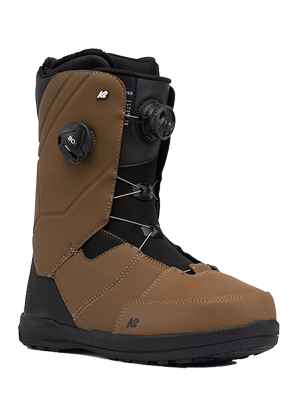
snowboard boots
There are also backcountry-specific boots that have a high grip on the snow surface, are equipped with a special sole that makes it easier to walk on the snow, and have high heat retention and waterproof functions. Basically, if it is a normal soft boot, it can be used with solid boards or split board bindings.
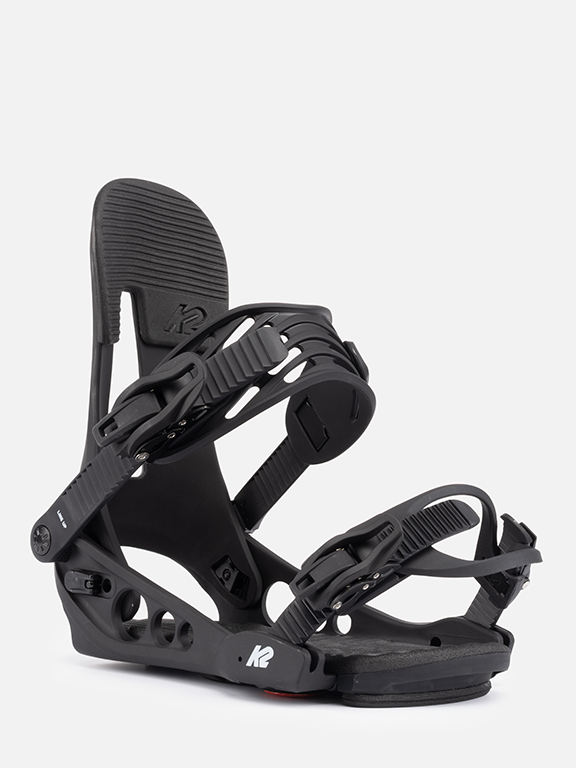
Binding / Binding
Different bindings are suitable for solid boards and split boards. What is required for backcountry use is operability in rough snow conditions such as powder and uncompacted snow. Soft and wide range of motion of the ankle is popular while securing holdability. There are also step-on style bindings without straps.
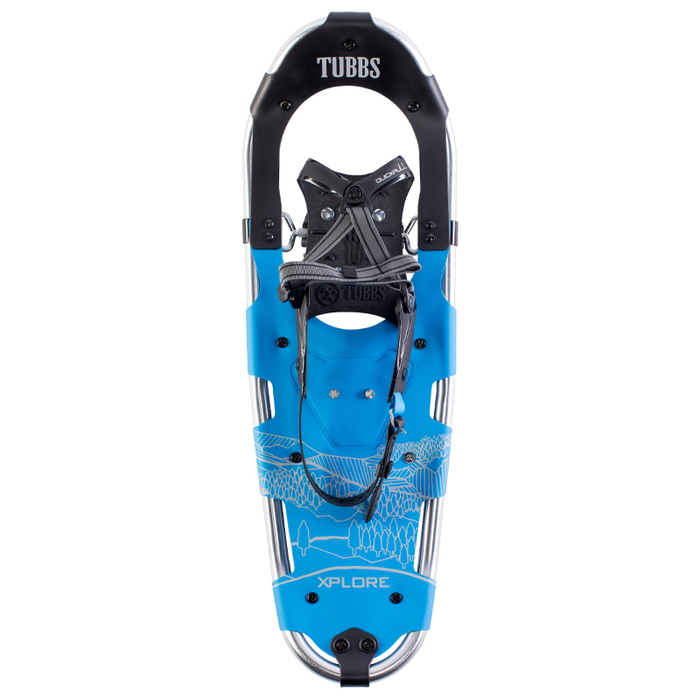
snow shoes
Skiers need skins, and snowboarders need snowshoes for backcountry climbing. It is divided into flat ground and climbing, but the big difference is buoyancy. There are points of choice unique to backcountry use, such as storage and weight when sliding, and how far you can move on what kind of slope.
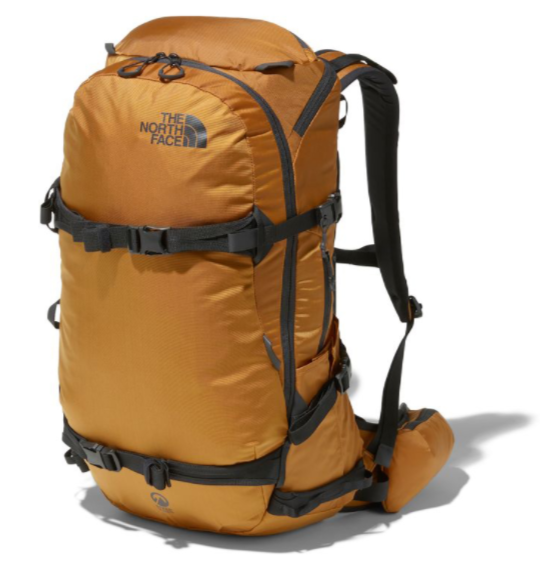
backpack
There are many items to carry when going out into the backcountry. Efficient storage and fit during climbing and sliding are points of concern. Each manufacturer is also devising a variety of backpacks. There are many selection points such as size, functionality, and feeling that suit you.
Wear/Accessories
Layering is the basic for backcountry attire. By layering the outer shell + middle layer + base layer, it is necessary to ensure temperature regulation and moisture permeability due to perspiration during hikes and runs. Accessories that protect the body under harsh natural conditions are also important.
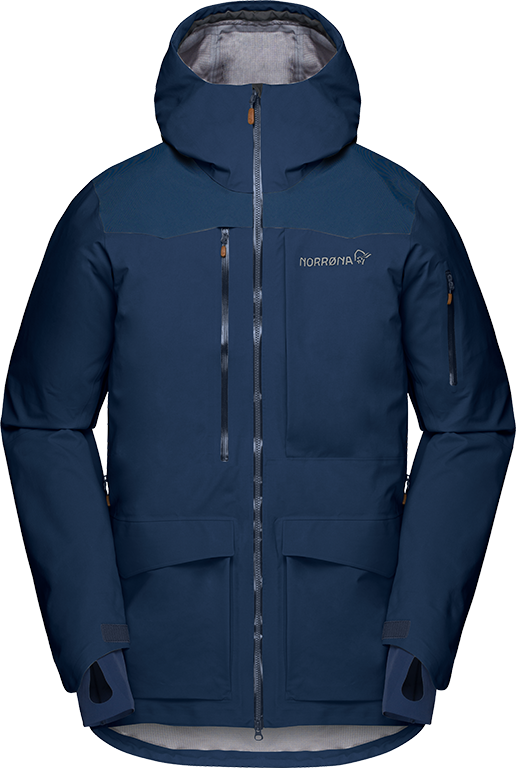
Outer shell / Shell
Outerwear is the outermost garment. There are soft shells and hard shells. The hard shell has a hard, crisp texture and is water repellent, waterproof, and windproof. Softshell is a soft material that allows easy movement and breathability. When these shells are worn on the outermost side, the garment becomes an outer shell.
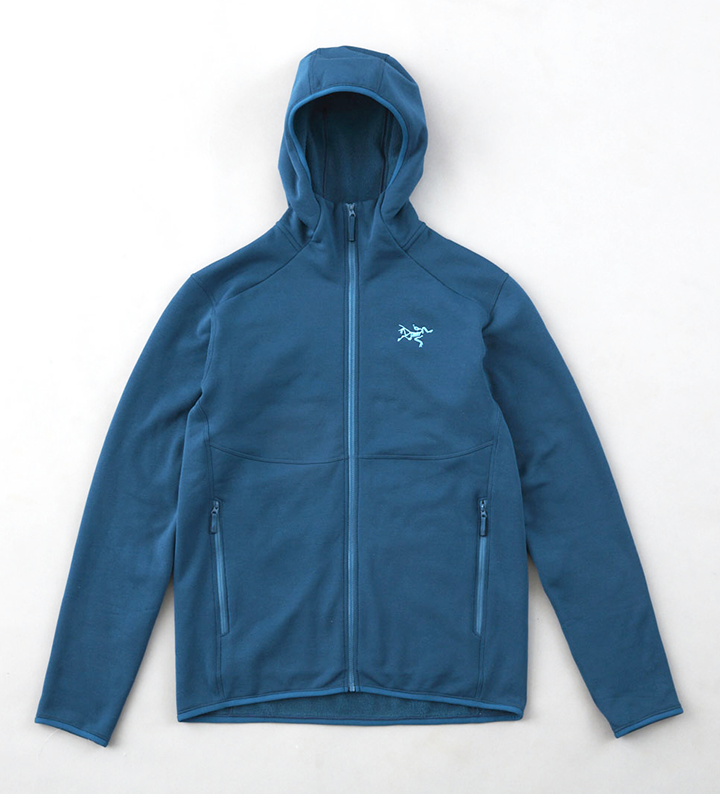
Middle layer / Mid layer
A layer between the base layer and the outer layer. The middle layer creates a layer of air between the cold air outside and the body, acting like a heat insulator. Moisture permeability through which moisture (water vapor) released from the base layer passes is also important. Although it is largely divided into fleece and down, there are various types of materials and their features.
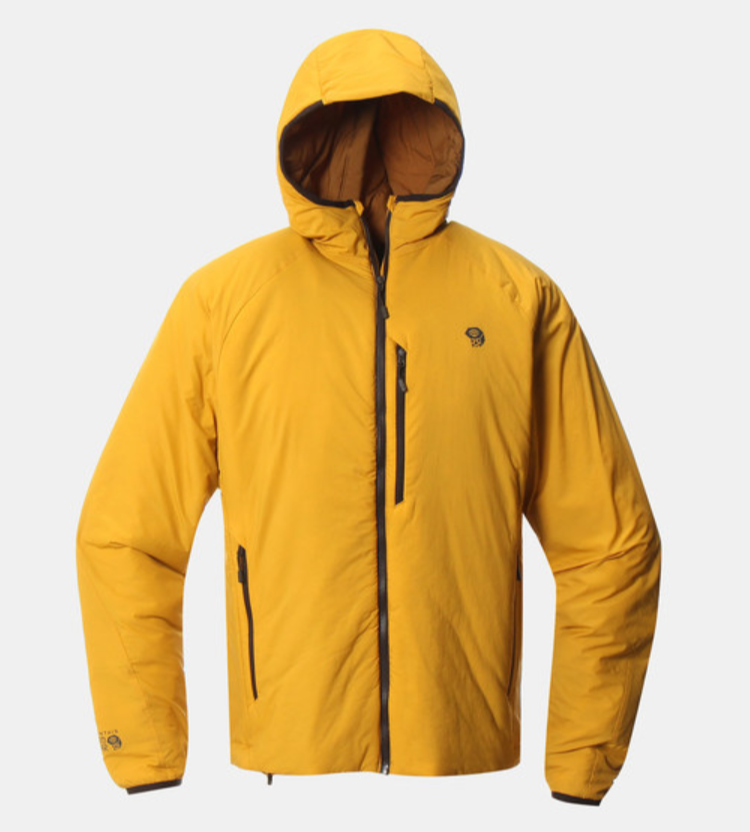
Insulation / Insulation
Intermediate garment worn between a padded base layer and an outer shell. It has high heat retention, and down and fleece are standard. Recently, synthetic fiber insulation has become popular. There are windproof and waterproof outerwear, as well as breathable clothing for action.
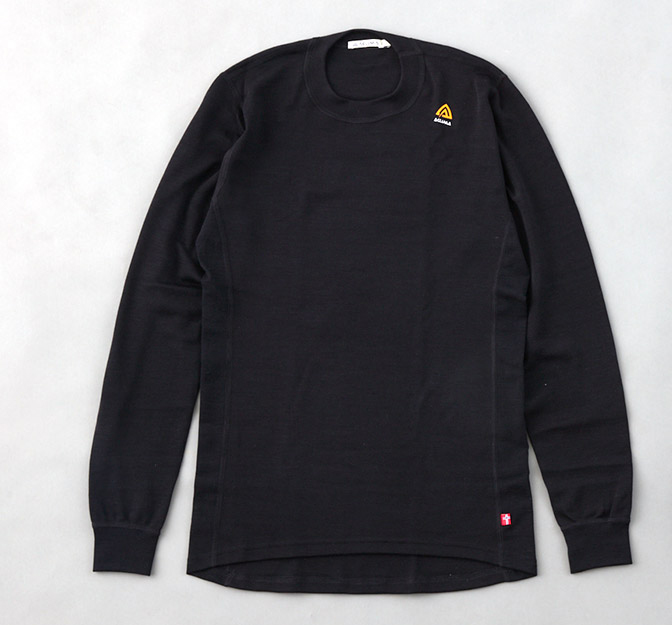
Base layer / Base layer
A layer that touches the skin directly. When hiking in the backcountry, it is necessary to have sweat absorption that quickly absorbs sweat from the body so that it does not remain on the skin, and quick drying that dries quickly even if it gets wet with sweat. I would like to examine carefully because there are various materials.
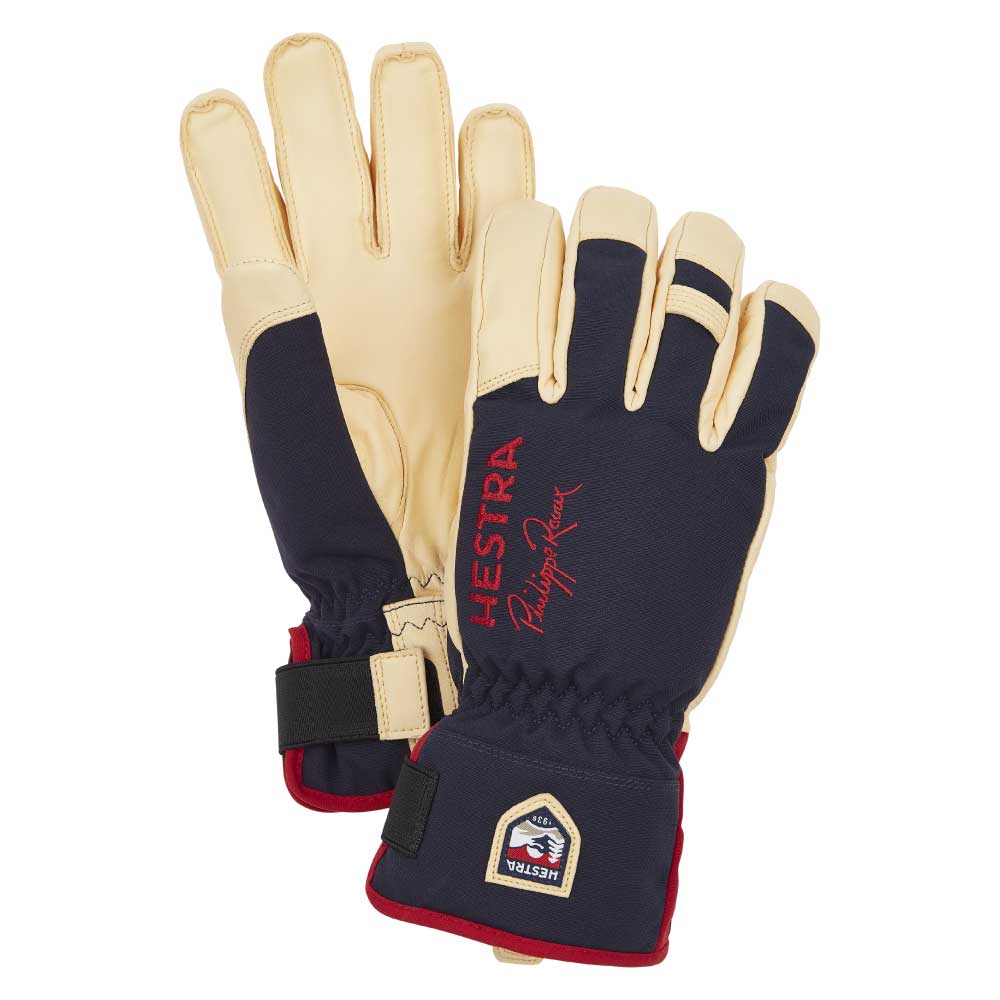
Gloves
Essential for hand protection and warmth. There are many situations in the snowy mountains that can damage your hands. Also, if your hands get too cold, you won't be able to move your fingers freely, which can be inconvenient. I want to choose something that is easy to use and has high functionality.
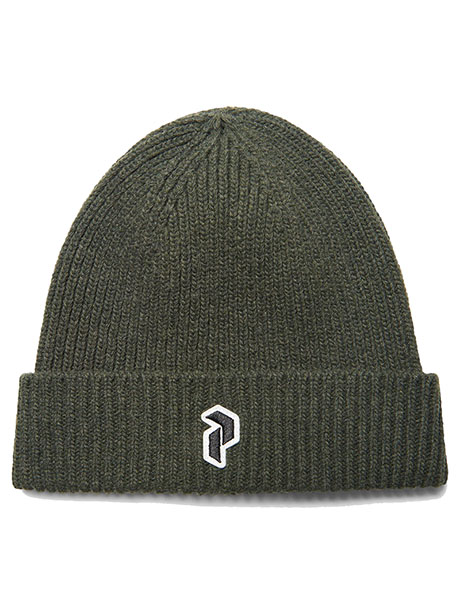
Hat / Beanie・Cap・Hat
Like a helmet, a hat that protects the head from impact on snowy mountains and keeps it warm. There are various types such as knit hats, caps, and hats. In addition to design preferences, styles and materials are selected according to the season, mountain climate, and usage.
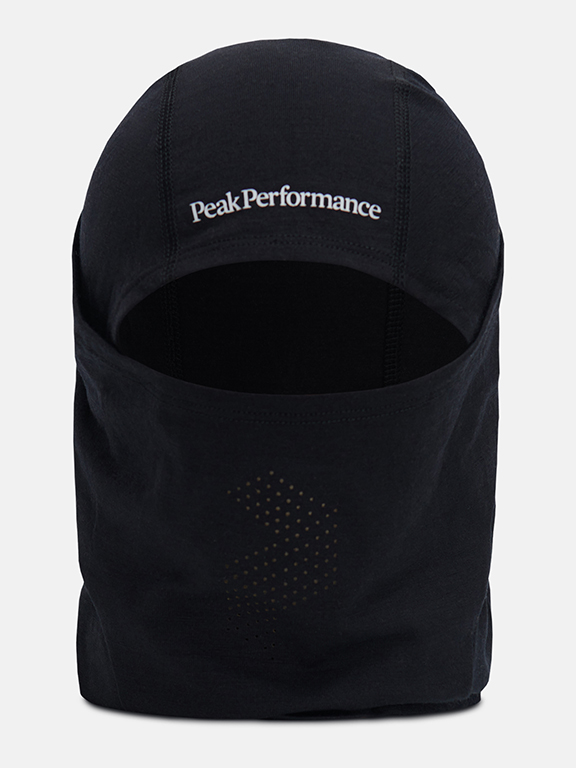
Balaclava / Balaclava
The balaclava that covers most of the face is overwhelmingly warm. Even in mountains and seasons where there is not much snow, sudden snowstorms can occur. It is convenient to carry around and is safe in case of emergency.
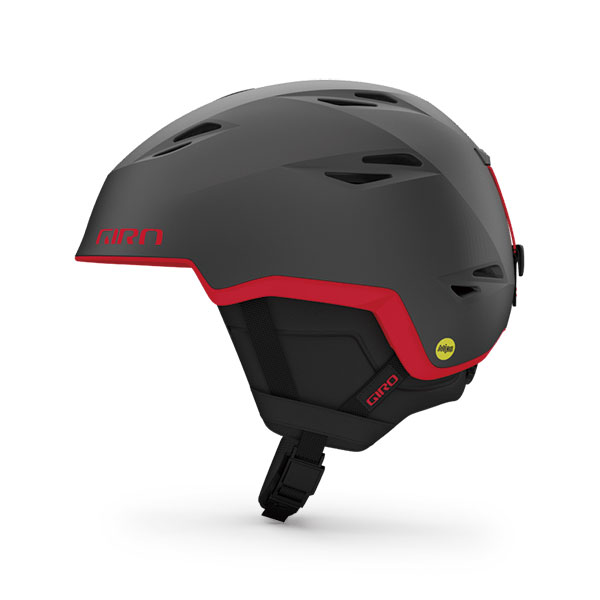
Helmets / Helmets
One of the most important items to protect your head from impact in the backcountry where various dangers lurk. A bad head can get you into a serious situation. To minimize such risks, a helmet should be worn at all times. I want to choose something that is comfortable even if I wear it for a long time, as well as size fit.

goggles
Goggles that secure visibility in snowy mountains and protect eyes from ultraviolet rays. It is an important item to prevent distress due to poor visibility, prevent collisions with trees, and protect personal safety. There are many things to check, such as frame shape, fit, ventilation and anti-fog processing.
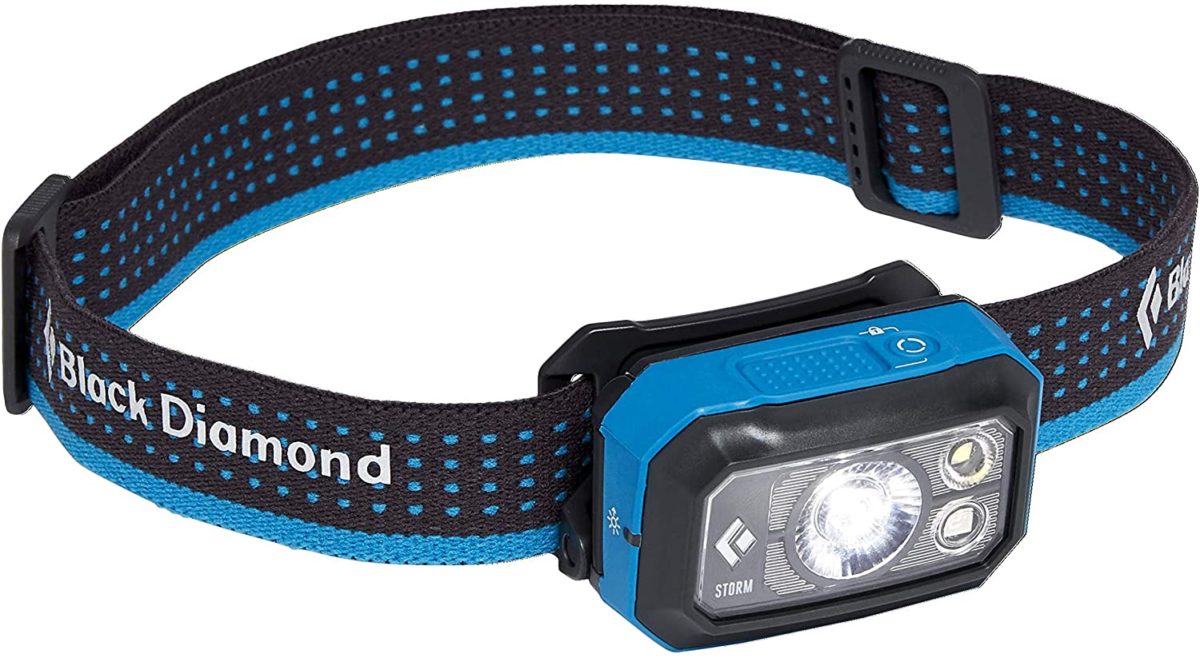
head lamp
When visibility is poor due to bad weather, it helps to secure visibility in dense trees. In addition, if there is an emergency such as injury or getting lost, the descent may be delayed and it may be dark. Also, when staying in a mountain hut or tent, the headlamp is convenient because it can replace the lantern.
action items
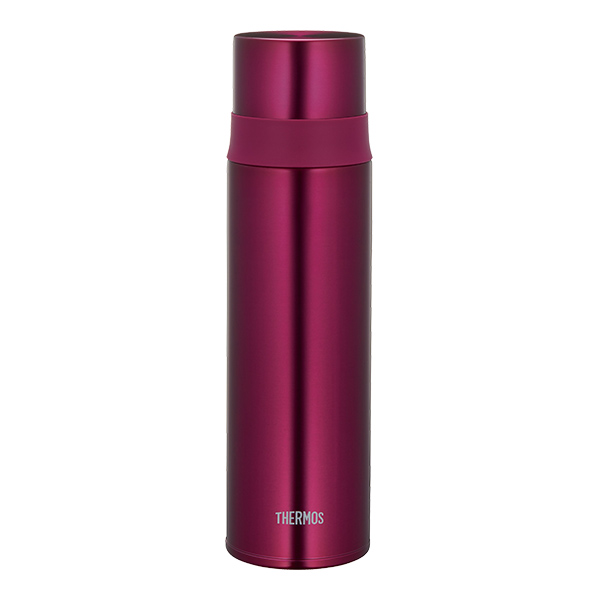
Water Bottle
Carrying water is essential for backcountry tours. There are various styles of water bottles, such as cold storage, heat insulation, dual purpose and usage, mug type, cup type, etc. Sometimes I bring hot water and eat coffee or cup ramen to warm my body in the snowy mountains. I'm curious about the heat retention feature.
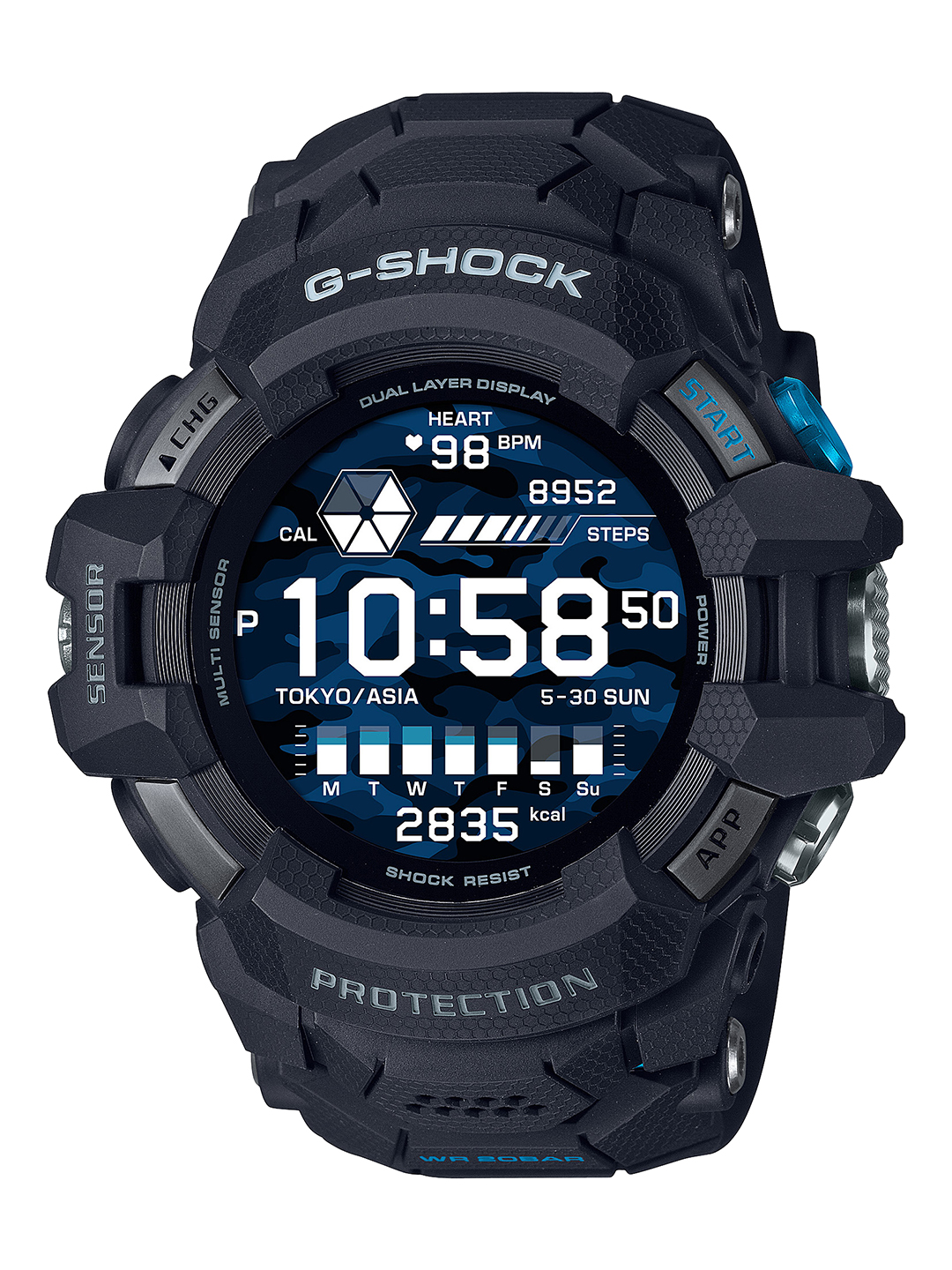
watch
When skiing in the backcountry, time management is indispensable for behavior management and danger avoidance. Confirmation of the route and position, as well as weather, time, altitude and position information can be used as clues for actions. In recent years, many models have GPS functions on their watches. There are some that can log (record), and you can also accumulate data on good skiing spots.
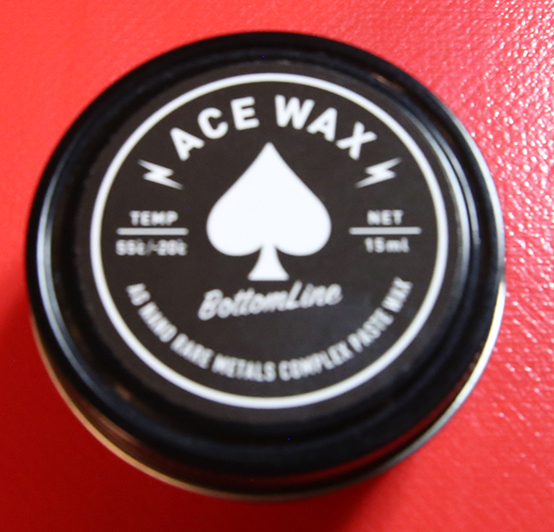
Wax / Wax
Before starting to slide in the backcountry, one coat improves the glide. The board should run and you should be able to enjoy sliding more. Assuming that pre-waxing is modest so that the seal doesn't stick well, waxing on-site is key. Something that is easy to carry and has a high degree of response to snow conditions.
Other care

First Aid Kit / FIRST AID Kit
A first aid kit is a must-have in the event of an injury or trouble on the mountain. Taping, gauze, plasters, scissors, tweezers, medicine, disinfectant, disposable plastic bags, triangular bandages, etc. are basically what you need, but there are also various packaged first aid kits.
First of all, you can join a guided tour and try using it on a rental basis.
If it's your first time backcountry, it's hard to get all the gear you need all of a sudden.
Therefore, it is convenient and safe to start by joining a backcountry guide club tour and renting gear. Many guide clubs can rent a set of avalanche gear. Some examples・Rental set (beacon, probe, shovel, snowshoe, pole, rucksack) - 3,300 yen (1 day)
・Avalanche safety set (beacon, probe, shovel) - 2,200 yen (1 day) ( COLOR SPORT CLUB )
There are places where you can rent individual items, including skiing gear. (per day)
Ski: ¥4,000, Excavator: ¥1,000, Snowshoe: ¥2,000, Trekker: ¥1,500,
Backpack: ¥500, Sticker: ¥1,500, Beacon: ¥2,000, Pole: ¥500, Probe: ¥1,000 ( KAGURA POWDER STATION )
You may find out by actually using it on the snow. It would be a good idea to rent and experience it first, and then choose the gear that suits you best.
